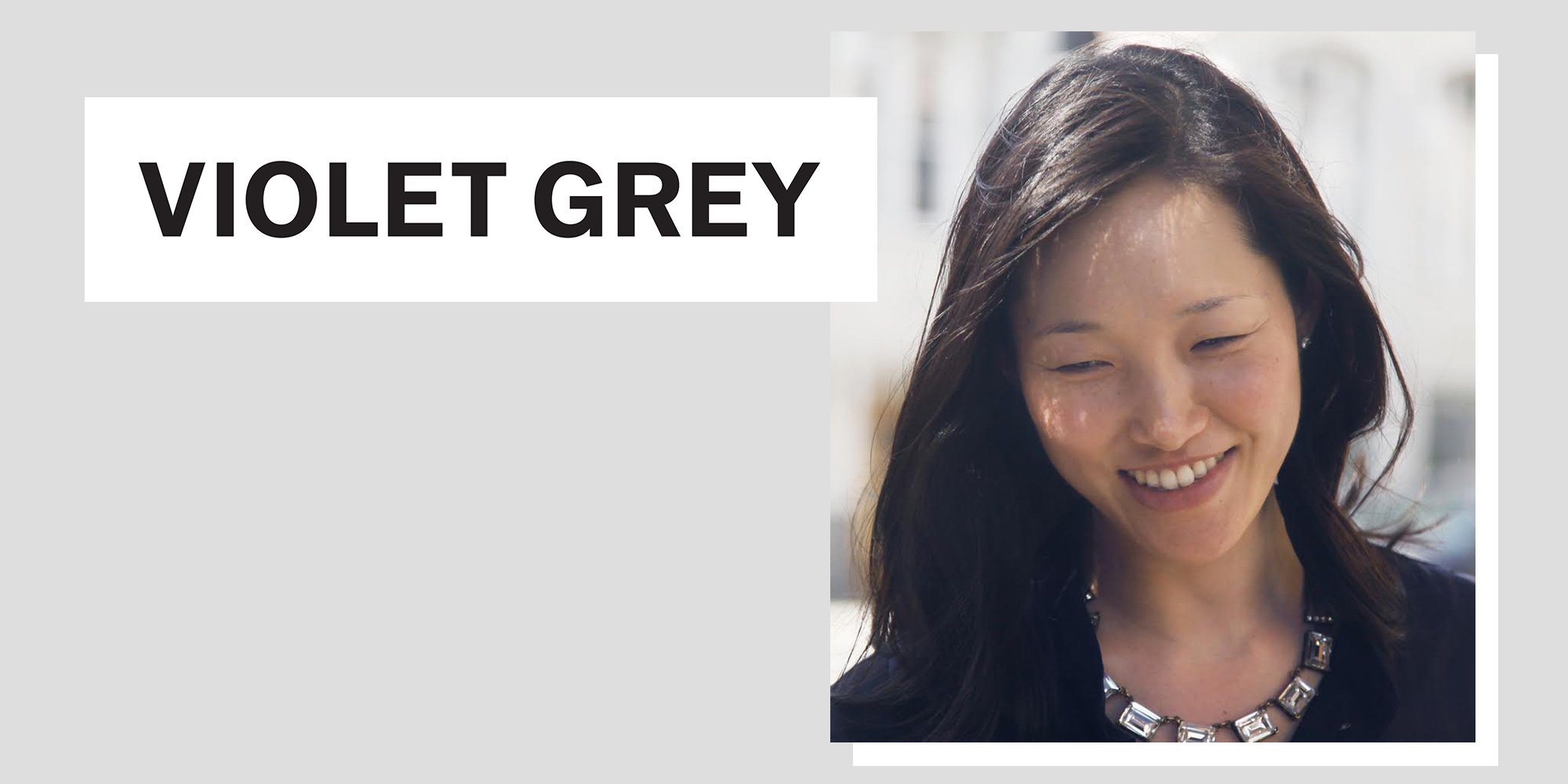
Violet Grey’s Maureen Choi On The 15% Pledge, Evaluating Indie Beauty Brands And Guiding Content During The Pandemic
For many years, Maureen Choi’s stage wasn’t the page. The former senior beauty editor at Glamour and current executive director of content and curation at Violet Grey danced for the San Francisco Ballet from 1999 to 2007. To prep for performances, she was exposed to more makeup than she’d ever been before. Choi says, “I would just get my hands on every product I could and would read Allure cover to cover.”
She went from poring over magazines to producing them. After leaving ballet, Choi moved to New York City to become an associate editor at Bridal Guide Magazine, where her duties ran the gamut from steaming wedding gowns to writing blog posts. “I had always loved magazines, but I thought it was a pipe dream,” says Choi. From there, she stayed in editorial at Marie Claire, Glamour and as a freelancer writer until she jumped to the brand side at Glow Recipe and Amorepacific, with a stint as contributing beauty editor at Glamour in between.
Last year, Choi followed Violet Grey editor in chief Ying Chu, her mentor and ex-Glamour executive beauty director, to join the digital platform blending beauty content and commerce, where she works closely with the merchandising team to build the assortment of beauty and lifestyle products. After brands pass a strict vetting process at Violet Grey in which they’re reviewed by a committee of beauty experts, Choi weaves the narratives supporting their launches.
She seems to be doing something right. Traffic at Violet Grey, which Women’s Wear Daily reported Wednesday is investigating deal possibilities, increased 26% in April, and its conversion and average order values are up 18% from last year. Beauty Independent talked to Choi about diversifying the beauty industry, doing her job amid the pandemic, assessing indie brands and steering Violet Grey into the future.
In light of the Black Lives Matter movement, what should the beauty industry be doing?
The beauty industry needs to own its responsibility and its privilege in being a platform that promotes equality, diversity and inclusivity. It’s important that we do so, though, in a deep and meaningful way. That means sincerely evaluating across the board, looking internally to ensure all viewpoints and voices are represented and heard, being conscious of the types of products and shades we create and curate and for whom, and uplifting Black creatives both in front and behind the scenes. The industry needs to recognize that, historically, beauty ideals have excluded people of color, especially the Black community, and acknowledge our role in not doing enough to change them. Violet Grey believes in the power and beauty of diversity, but we haven’t always demonstrated that belief through our content and products. We intend to now, and we are committed to championing beauty in every form and pursuing the meaningful change we know needs to happen in the industry and in society at large.
How does Violet Grey champion diversity?
Violet Grey is taking the first steps in a long-term commitment to improving the diversity represented in our content, our products, and our team. We know it’s about action, which is why we will be implementing implicit bias training to improve our hiring practices and ensure equal employment opportunities to people of color across all ranks. We are supporting Aurora James’ initiative and pledging to evolve our product assortment to include 15% of Black-owned businesses. And we will use our platform to celebrate a diverse group of talent. Recognizing that people of color have to work harder to gain opportunities, we will introduce an Emerging Artists Initiative with the mission of opening doors for and fostering them as the future stars of the beauty industry. This is only the beginning for Violet Grey, and we are committed to improving every day.
How has the pandemic impacted what you do?
Certainly, in the last month, it has evolved at light speed, COVID definitely has challenged us in ways that no one could have anticipated. My role now really is rooted in the same dynamic, but it’s about getting creative in terms of the content creation Violet Grey is known for. There’s a standalone editorial component. We do beautiful shoots similar to magazines, so we’ve just had to transition to a way of capturing compelling content in a new way. I would say it’s more of a digital, social-first push and finding ways to work with our committee members. What’s really fortunate is that they have more time on their hands, and they’re engaged more than ever before. I would say, when it comes to the production value, it’s really thinking creatively about how we capture things, not only for the site, but for social. So, it’s just this total shift into virtually producing and also highlighting user-generated content. We are diving more into what other people are saying about Violet Grey.
What social media platforms are you most interested in?
TikTok is definitely on our radar, but we don’t have an active presence as of yet. It’s the world we live in. We are definitely focused on social content, but nothing takes precedence over the other because the website is our bread and butter. It’s a brand identity that is linked across all platforms. I oversee the Violet Files, stories that are either service-based or long form. Video content that also lives on the Files gets cut up and pushed out via email, organic social and also paid social. You need assets across the board. My challenge is to really understand how we are as efficient as possible in creating that content while also tapping into content that feels original and native to each platform.
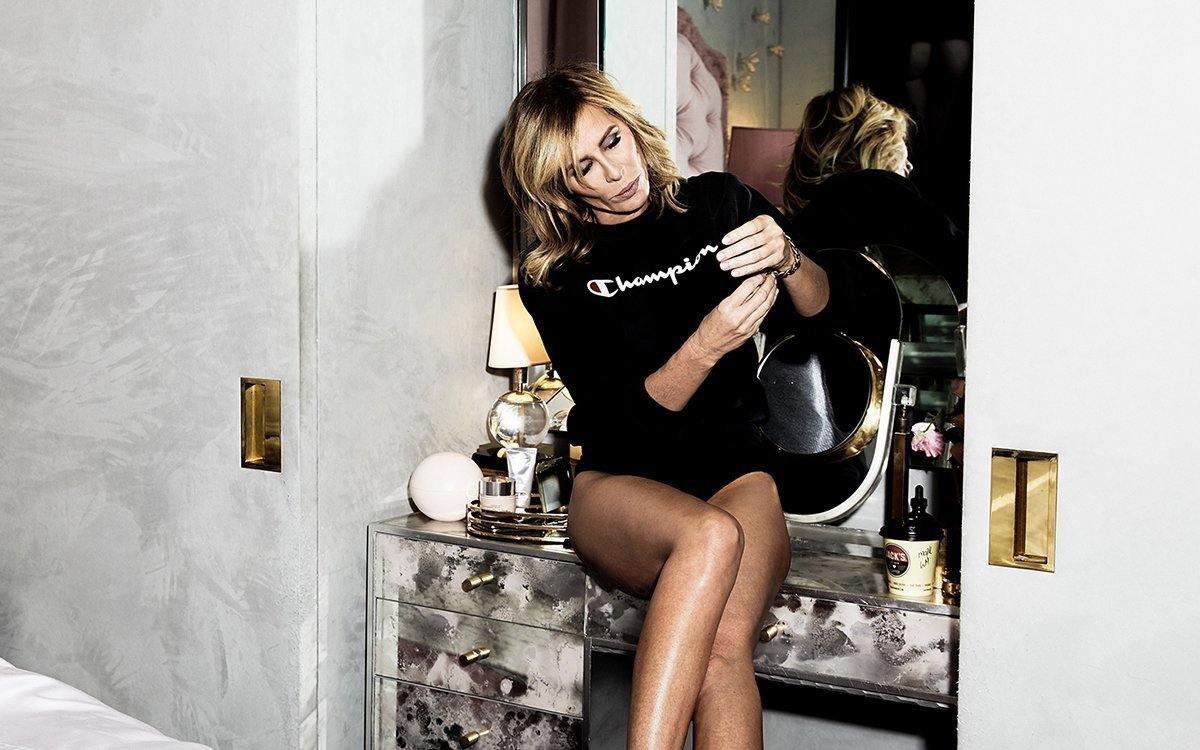
What are some pieces you created since the quarantines started?
We were doing a lot of guides. We have engaged Carole Radziwll as a contributing editor. She’s fantastic and such a beautifully expressive writer. Carole has been writing one Violet File for us each month as well as creating social content for us. So, she has her guide to masking, a guide to the ultimate sex drawer. One franchise that she’s really leaning into is called our mirror reviews, which is when a committee member or talent talk directly to the camera and basically give a product review in their own words: how they use it, why they like it, why they really feel like it’s worthy of being on your vanity.
What’s the process like for a brand to make it into Violet Grey?
The process is constant. Some people will DM me on Instagram, and we get emails all the time. A lot of my PR buddies will send me something that they think is right for us. So, it comes from all different directions. But either the merchandising team or I will bring something to the table. We’ll discuss it as a group, figure out whether it’s compelling or if it’s something that we feel like is missing from the curation. Once we decide internally that it’s something we want, we’ll call in samples and seed it out to the committee. From start to finish, the process generally is about a two-month turnaround time unless it’s an ingestible that takes longer. But we really want an accurate look as to whether something works, so a smattering of people get it. You really get to see, does this work on every skin, is it great for hair with texture? Once we get the final feedback, it has to hit a 70% approval rating to consider selling it on the site. And, at that point, we’ll meet again as an internal group and slot it in our launch calendar.
How do you prefer brands reach out to you?
I appreciate tenacity so DMing is fine. But email, product@violetgrey.com, is the easiest way for me to assess something because they’ll include a brand deck, and it’s nice to see the full scope of what a brand is trying to communicate at one time.
Can bootstrapped indie beauty brands succeed at Violet Grey?
The majority of our brands, probably around 80% [to] 85%, are small businesses that started in or are still in the bootstrap phase. Those are the brands that we’re really passionate about finding amid the clutter. Certainly, we have a nice mix of the brand names, but, at this point, we’re really trying to dig into innovation. The biggest thing that I look for in a small brand is: What was the impetus behind starting the line? We often hear a similar narrative, “I couldn’t find it on the market.” I kind of poke holes like, “Is that really true?”
Something really has to be compelling that will solve a problem in a better, more efficient, more beautiful way. I would say first of all, what’s the technology? What’s the angle of the actual formulation and product? Secondarily, what kind of benefits are you promising, and does it deliver on that promise? What does it look like? I think, more than ever in the visual world we live in, people are interested in something based on the visual. So, it has to be eye-catching. A great product inside a packaging that might not be so aspirational or inspirational is a tough sell. That’s the nature of the beast.
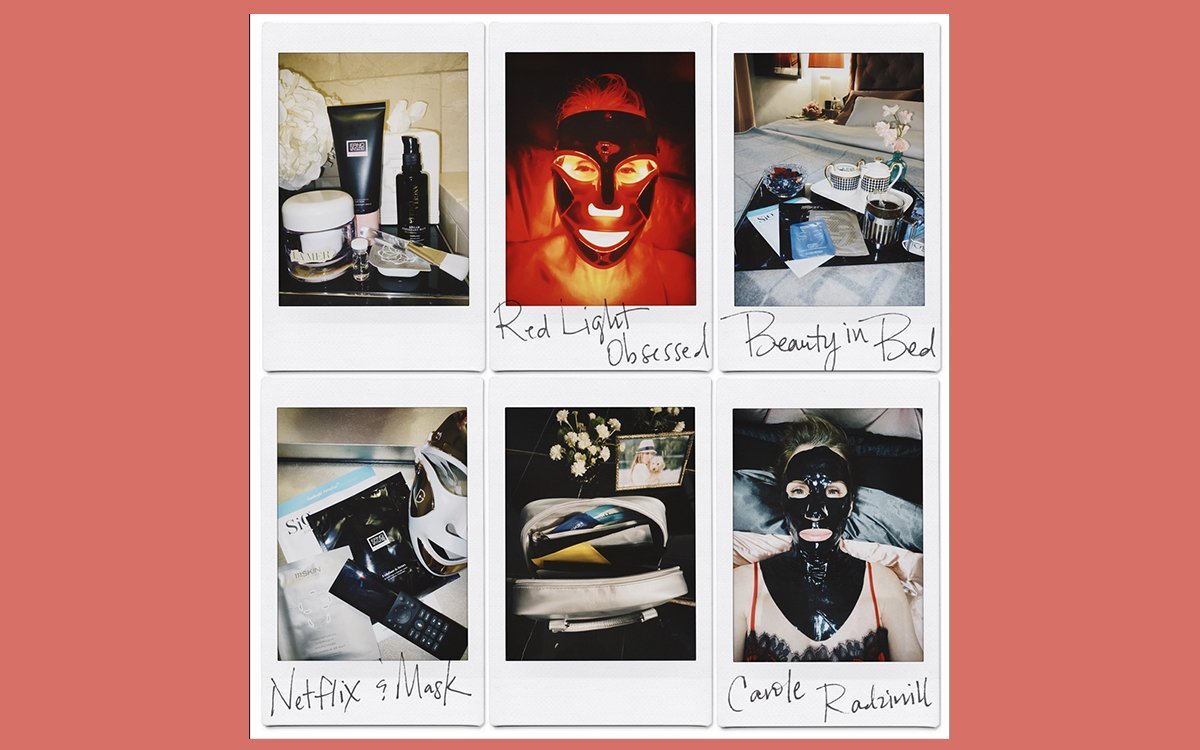
How does Violet Grey support brands to boost their chances of success?
What we’re trying to do is really separate ourselves from other retailers in a sense that, when you pare everything back, we’re really just trying to find the gem products that are worth people’s time and money. By no means is any of the marketing support obligatory on the brand side. If you’re a small business and we want to bring it on, we support you with content budgets and our own marketing budgets. We view it as a partnership.
Do you look for anything specific on the brand side in terms of support? Does a brand need to have a robust direct-to-consumer channel or great social following?
I think that all helps, for sure, but, to be perfectly frank, I don’t really look at any of that. What I’m interested in is whether you have a compelling story and original idea, which is tough to have these days, and a product that really delivers. If you have that, there’s so much that we can work with. In the past, we have worked very closely, like almost being in the kitchen with brands or helping advise on certain packaging upgrades. Social presence obviously helps, but what you start to see is if there’s a kernel, a seed there that really feels authentic, then the sky’s the limit. Smaller brands struggle with formulations that might be similar to what’s already out there. So, it’s really about, do you have a product that you really feel is game changing?
Speaking of a game-changing product, has there been one or two products or brands you’ve had a hand in bringing on that you are extremely excited about?
Nécessaire has been just an incredible innovator in the space. Since launching in January of 2019, it’s our No. 1 body care brand. It’s a really fantastic formulation, simplistic packaging, and I would say the price point is just a no brainer. Things range between $20 and $30. Once you try the product, you realize that you can’t really live without it. Body care is really an opportunity for a lot of small businesses. The facial skin care category is highly competitive. I would say probably 70% of our curation dollars account for products in the skincare category. When I reflect back on what has really performed, it’s really been in the body care category. We launched Mutha in October of 2019 with a three-month exclusive. A fantastic founder, there is a body oil and a body butter, and they’re just delicious. I mean, you’ve heard of body butters, you’ve heard of body oils, but these formulations really are a cut above. Despite being a natural brand, it comes in cool eye-catching metallic purple packaging. It’s different.
In the makeup category, we launched Victoria Beckham Beauty exclusively last year. It’s become a top five brand overall. Obviously, Victoria herself has a following, but the formulations really deliver on their promises of being clean and long-wearing with great color payoff. What’s been interesting about that is she did a partnership with Augustinus Bader, which is our bestselling brand. That collaboration, they created Cell Rejuvenating Priming Moisturizer and Serum, really helped catapult Victoria Beckham Beauty to the top.
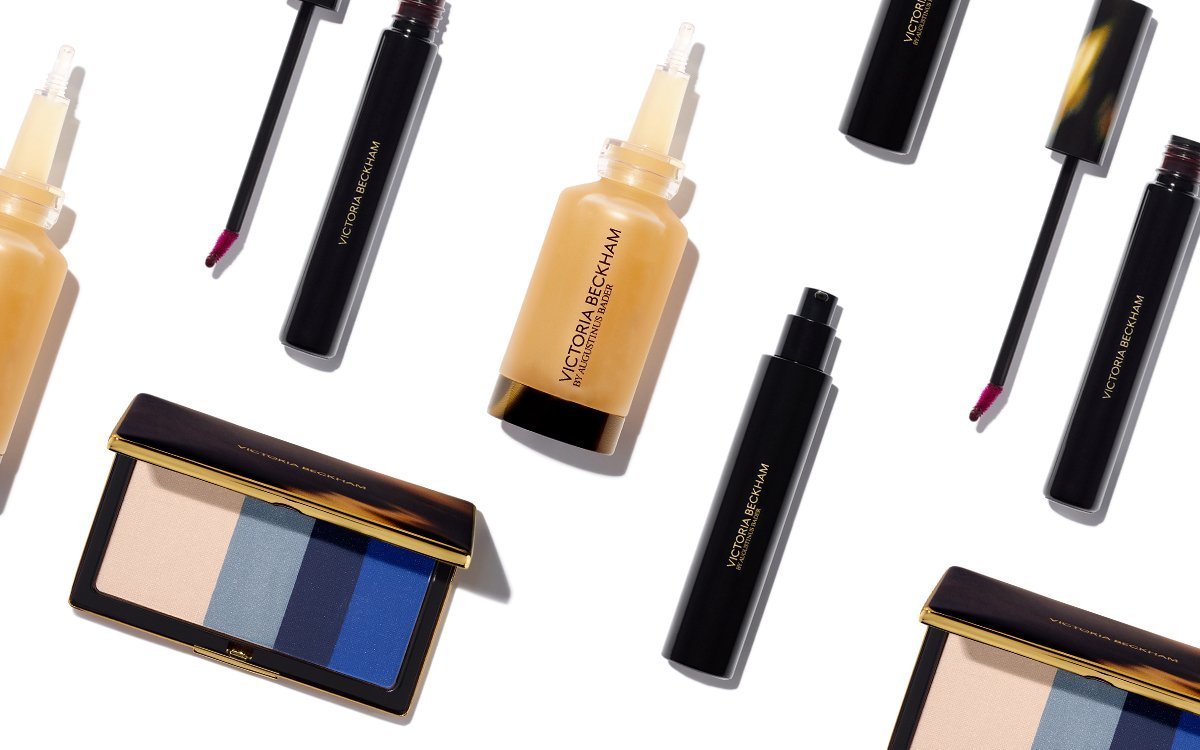
Is there a particular category you’re really interested or invested in?
We’re always looking for game-changing facial or skincare, but you definitely have to up the ante if you’re going to get into that world. Innovation in the device category is something that we’re really looking to push harder through 2020 and 2021. We launched Dr. Dennis Gross’ LED mask last year that has done gangbusters. Body care still is a growing category, but, again, not just a moisturizer for moisturizing sake, having a particular and, hopefully, novel point of view. I’m passionate specifically about oral care. Ingestibles are really intriguing to me, but very hard to quantify. It’s not impossible, but we are really trying to do our due diligence there.
Another thing we’re looking for moving forward are exclusives. They allow us to capitalize on all of the marketing effort that we put behind the content and to really build that narrative. The preference is a three-month window, but we launched Augustinus Bader with a six-month exclusive. Even though now they have expanded to other retailers, it’s still our No. 1 brand. People come to Violet to buy Augustinus Bader, and a lot of it is due to the original content we created. So, looking forward, that will be big for us.
How do you see the beauty editor role changing in the next five to 10 years?
I think even traditional beauty editors have had to stretch themselves and learn new skills. The name of the game is just to keep evolving regardless of where you’re at. I tap into all of my skills as a beauty editor: the writing, the editing, really making sure that our narrative is tight and consistent across the board. The more experience you can get now, the better. You see a lot of beauty editors who have significant followings doing some influencer work from the view of an expert, which is important to maintain. We will continue to see editors adapt, take on more personalities of their own, but that expert point of view is what’s really going to set them apart.
As far as Violet Grey goes, how do you hope to see the company grow and expand in the near future?
It feels in many ways like the second coming of Violet Grey. Moving forward we’re committed to amplifying diverse voices, showcasing beauty in all its forms, and making sure those commitments are reflected by who has a seat at our table. We need to make sure that there are different viewpoints in the room at all times—from our staff to our committee members to our customers—to help us navigate and shape this continued conversation. We will expand our brand partners to include more that are founded, led, and created for people of color. And we will continue to use our platform as a storytelling vehicle that shares different perspectives on beauty, serves as a launching pad for our creative partners, and as always provides the best-in-class product recommendations for everyone.

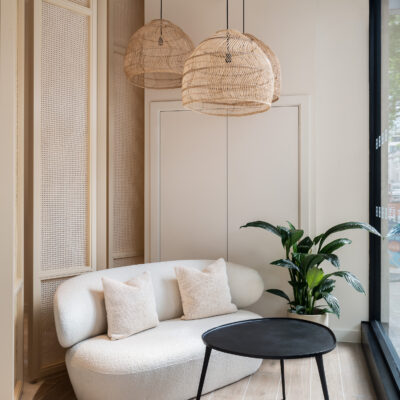
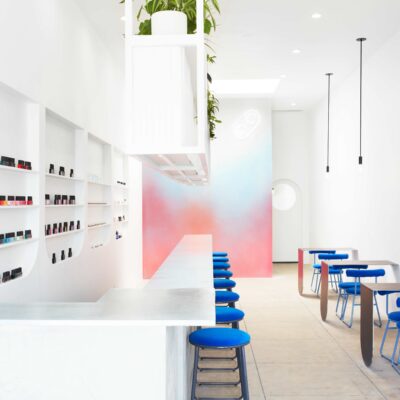
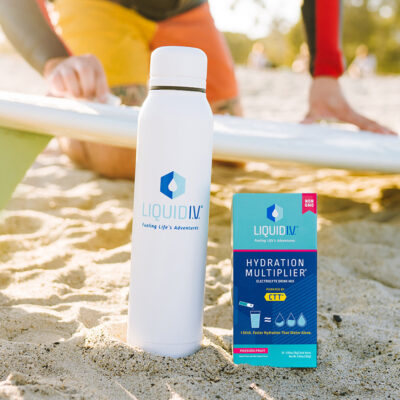

Leave a Reply
You must be logged in to post a comment.